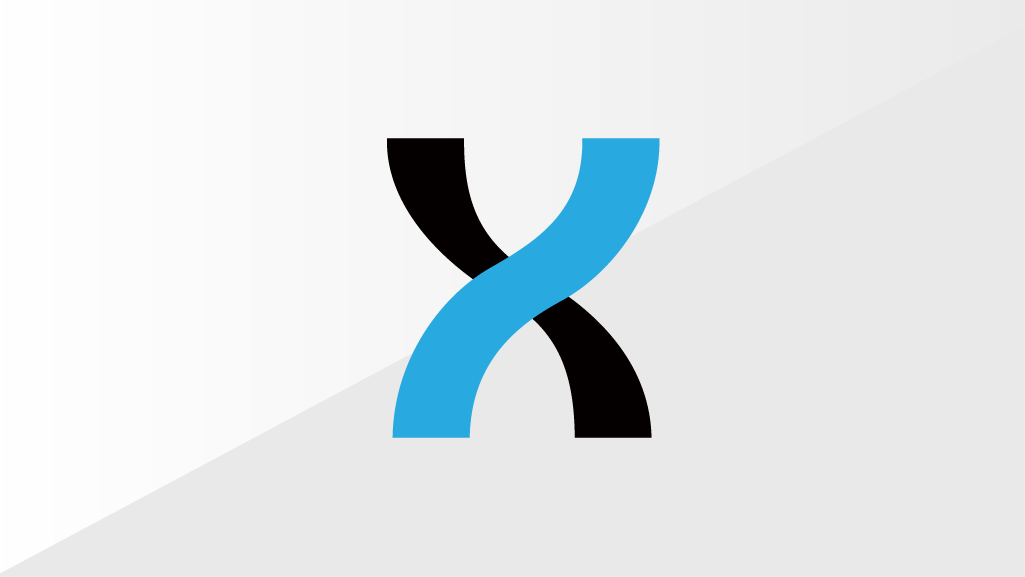We can’t believe it’s the end of the year already. 2018 has been extremely busy and productive year not only here at DNAnexus, but for the genomics industry at large. As customers’ research projects grew in size and scope, we launched new products and solutions designed to solve their toughest challenges around scale and collaboration.
Here are a few of our favorite highlights from 2018:
Expanding to Support Clinical Trials & Translational Informatics
We launched our Clinical Trials Solution (CTS) earlier in the year, to streamline the use of next-generation sequencing (NGS) data for customers looking to integrate genomics and other omics data into regulated clinical trials. Almac Diagnostics leverages the DNAnexus CTS for genome-based biomarker delivery in clinical trials, as well as other pharmaceutical companies integrate NGS data into their clinical trials.
More recently, we unveiled DNAnexus Apollo™, our advanced platform for multi-omics and clinical data science exploration, analysis, and discovery. Pharmaceutical research and development teams can leverage DNAnexus Apollo in their translational informatics research to rapidly test multiple hypotheses and gain valuable insight into mechanisms of action, biomarkers, and targets.
Collaborative Genomics Platforms
We partnered with St. Jude and Microsoft to create St. Jude Cloud which, along with being an online data-sharing and collaboration platform, is also the world’s largest public repository for pediatric cancer genomics data. St. Jude Cloud offers unique analysis tools and visualizations in a secure cloud-based environment. St. Jude was recognized last week as a 2019 Digital Edge 50 and Ones to Watch award winner for their significant impact in fostering global research collaboration through the St. Jude Cloud platform. Learn more about this groundbreaking effort through interviews with the team and learn how to access and utilize the online tools.
The Melbourne Genomics Health Alliance (MGHA) also launched the clinical genomics platform, GenoVic, that allows all 10 members (healthcare and biomedical research organizations) to access and collaborate on projects. This achievement allows the alliance to utilize shared data sets and tools available on GenoVic, leveraging DNAnexus for their cloud genome informatics.
Partnerships Fueling Innovation
At the start of the year, we announced our support for the Vertebrate Genomes Project (VGP) which aims to assemble and analyze genomes of all vertebrate species. Their work resulted in the release of the first 15 high quality reference genomes being released on the GenomeArk. The 15 genomes created through the VGP demonstrate the strength of the consortium as they continue on the next series of vertebrate species.
Baylor College of Medicine’s Human Genome Sequencing Center (HGSC) recently announced their participation in the NIH’s All of Us Research Program. The large-scale effort aims to sequence more than 1 million genomes across the United States to build the most diverse biomedical data resource of its kind. The HGSC will be one of three centers dedicated to generating the sequence and providing clinical reports along with Johns Hopkins Genomics Center for Inherited Disease Research (CIDR) and University of Texas Health Science Center at Houston’s School of Public Health. DNAnexus is proud to serve as the HGSC’s genomic cloud computing partner in this endeavor. Learn more about HGSC’s sequencing infrastructure in this webinar with Will Salerno, Director of Genome Informatics.
DNAnexus Platform Enhancements
We are excited to announce our achievement of FedRAMP Moderate ATO status. The Federal Risk and Authorization Management Program (FedRAMP) authorization, sponsored by the Department of Health & Human Services, enables Federal agencies to rapidly and securely integrate cloud-based biomedical informatics into their research and services. This status reconfirms our commitment to the security and compliance of our customers’ data, both for federal and nonfederal users. Learn more about what this new authorization means for you by watching our webinar.
The DNAnexus Platform also expanded to include a number of new apps, features, and integrations. We started first by offering Google’s DeepVariant designed to call genetic variants from next-generation sequencing data using deep neural networks. Customers can now access CWL and WDL in their DNAnexus workflows. Licensed customers can also now utilize features Smart Reuse and Audit Trail, saving them time in reusing previous job results and tracking organizational activity. Log in to your account to see the new changes.
Favorite Scientific Blogs
The DNAnexus Blog continues to host a number of articles from our scientific experts. Articles span a variety of subjects from around the genomics industry as authors shared industry insights, opinions and references.
Here are some of our favorite blog posts from this year:
- Comparison of BGISEQ500 to Illumina Novaseq Data
- Dot: An Interactive Plot Viewer for Comparative Genomics
- Evaluating the Performance of NGS Pipelines on Noisy WGS Data
- Breaking Down Crumble: A New Method to Significantly Reduce NGS Data Footprint While Preserving Results
- Training and Applying Genomic Deep Learning Models
- Amplifying Google’s DeepVariant
We want to thank our customers and partners for their role in all of the accomplishments from this past year. We can’t wait to share all of our exciting upcoming news in 2019, but until then have a safe and happy holidays.

.png)
.png)
.png)